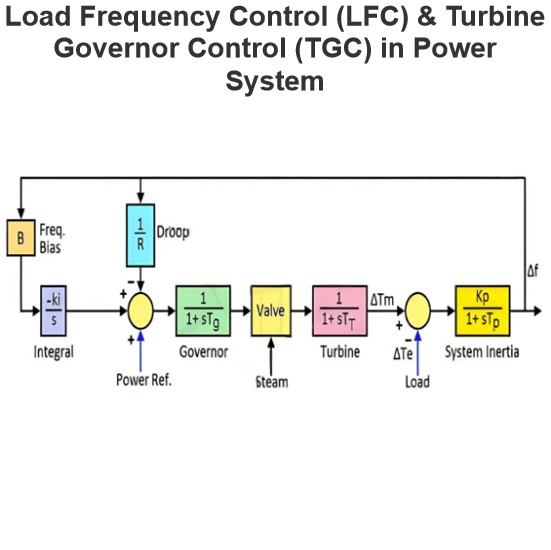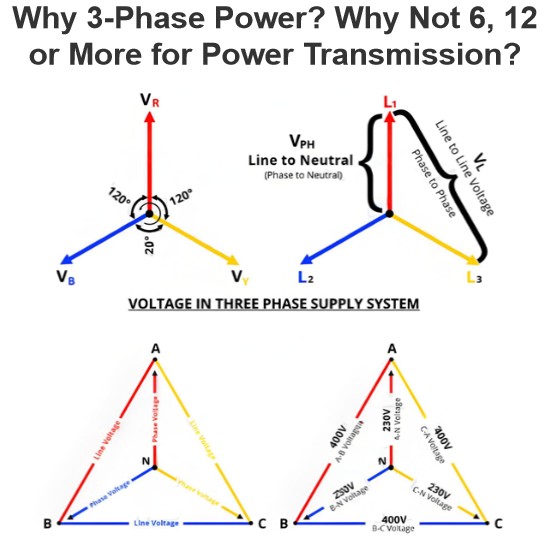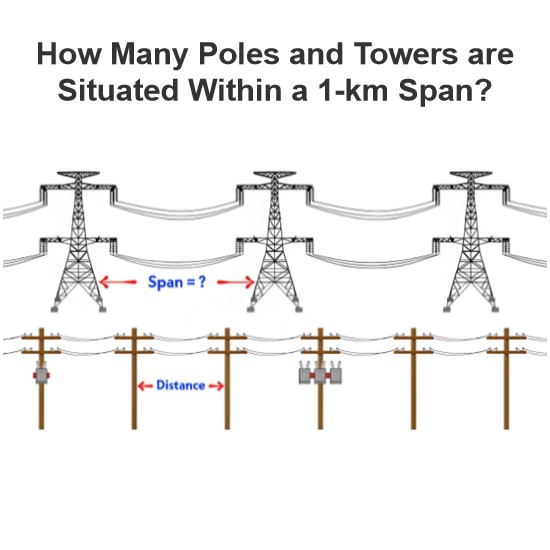What is Energy Quanta?
Energy quanta are the smallest units of energy that can be transferred or exchanged in physical processes. They are the building blocks of quantum physics, which describes the behavior of matter and energy at the subatomic level. Energy quanta are also known as quanta, quantum, or energy packets.
Quantum physics emerged in the early 20th century as a new branch of physics that challenged the classical physics of Newton and Maxwell. Classical physics could not explain some phenomena, such as the emission of light from heated objects, the stability of atoms, and the discrete patterns of spectral lines. Quantum physics introduced the concept of quantization, which means that some physical properties can only take discrete values, rather than continuous ones.
In this article, we will explore the origin and significance of energy quanta, and how they relate to light, atoms, and radiation.
The Failure of Classical Physics
One of the problems that classical physics faced was explaining the structure and behavior of atoms. According to classical physics, an atom consists of a positively charged nucleus surrounded by negatively charged electrons that orbit around it like planets around the sun. The force that keeps the electrons in their orbits is the balance between the Coulomb force, which attracts them to the nucleus, and the centrifugal force, which pushes them away.
However, this model had a major flaw: according to classical electromagnetic theory, an accelerated charged particle emits electromagnetic radiation. This means that an orbiting electron should lose energy and spiral into the nucleus, which would make atoms unstable and collapse. This obviously does not happen in reality, so classical physics could not account for the stability of atoms.
Another problem that classical physics faced was explaining the emission of light from heated objects, known as black-body radiation. According to classical physics, a black body is an ideal object that absorbs all incoming radiation and emits radiation at all frequencies depending on its temperature. The intensity of the emitted radiation should increase continuously with frequency, according to a formula derived by Rayleigh and Jeans.
However, this formula predicted that a black body would emit infinite amounts of energy at high frequencies, which contradicted experimental observations. This paradox was known as the ultraviolet catastrophe because it implied that a black body would emit more ultraviolet radiation than visible light.
Classical physics failed to explain these phenomena because it assumed that energy could be transferred or exchanged in any amount, regardless of its frequency or wavelength. However, this assumption turned out to be wrong when quantum physics introduced the concept of energy quanta.
The Discovery of Energy Quanta
The concept of energy quanta was first proposed by Max Planck in 1900 when he was studying black-body radiation. To solve the ultraviolet catastrophe, he suggested that energy can only be emitted or absorbed in discrete packets, rather than continuously. He called these packets “quanta” or “energy elements”, and he related their energy to their frequency by a simple formula:
E = hf
Where E is the energy of a quantum, f is its frequency, and h is a constant that is now known as Planck’s constant (6.626 x 10^-34 J s).
Planck’s formula implied that a black body could only emit certain frequencies of radiation depending on its temperature and that higher frequencies require higher amounts of energy. This explains why a black body does not emit infinite amounts of ultraviolet radiation, because it would need infinite amounts of energy to do so.
Planck’s idea was revolutionary because it suggested that energy is quantized, meaning that it can only take discrete values that are multiples of Planck’s constant. This contradicted classical physics, which assumed that energy could take any value.
Planck’s idea was further supported by Albert Einstein in 1905 when he explained another phenomenon that classical physics could not: the photoelectric effect.
The photoelectric effect is the emission of electrons from a metal surface when it is exposed to light. According to classical physics, the number and energy of emitted electrons should depend on the intensity and wavelength of light, respectively.
However, experiments showed that this was not true: instead, the number of emitted electrons depended on the frequency of light, and there was a minimum frequency below which no electrons were emitted at all. The energy of emitted electrons depended on both frequency and intensity: higher frequency meant higher energy, while higher intensity meant more electrons.
Einstein explained this by extending Planck’s idea and assuming that light itself is quantized into packets called photons.
He suggested that each photon has an energy proportional to its frequency, given by the same formula as Planck:
E = hf
He also proposed that when a photon hits a metal surface, it can transfer its energy to an electron. If the photon’s energy is greater than or equal to the work function of the metal, which is the minimum energy required to eject an electron from the surface, then the electron will be emitted with a kinetic energy equal to the difference:
KE = hf – Φ
Where KE is the kinetic energy of the photoelectron, and Φ is the work function of the metal.
Einstein’s explanation of the photoelectric effect showed that light behaves like a particle when it interacts with matter and that its energy is quantized into photons. This was a radical departure from classical physics, which treated light as a continuous wave.
Einstein’s theory of the photoelectric effect was confirmed experimentally by Robert Millikan in 1916, who measured the kinetic energy of photoelectrons as a function of the frequency and intensity of light. He found that the results agreed with Einstein’s predictions and that there was a linear relationship between kinetic energy and frequency, with a slope equal to Planck’s constant.
The Significance of Energy Quanta
The discovery of energy quanta was a major breakthrough in physics, as it revealed that matter and energy are not separate entities, but different aspects of the same reality. It also showed that physical phenomena at the subatomic level cannot be explained by classical physics, which assumes that matter and energy are continuous and deterministic.
Energy quanta are essential for understanding many aspects of quantum physics, such as atomic structure, spectral lines, chemical bonds, lasers, and quantum tunneling. They also have many practical applications in fields such as materials science, nanotechnology, electronics, and medicine.
For example, energy quanta are used to create devices such as photovoltaic cells, which convert light into electricity; photomultiplier tubes, which amplify weak signals of light; and light-emitting diodes (LEDs), which produce light from electricity. Energy quanta are also used to measure properties such as temperature, pressure, radiation, and magnetic fields.
Energy quanta are also important for studying phenomena such as nuclear fission and fusion, which involve the conversion of mass into energy according to Einstein’s famous equation:
E = mc^2
Where E is the energy released or absorbed, m is the mass difference before and after the reaction, and c is the speed of light.
Energy quanta are also involved in processes such as radioactive decay, which occurs when an unstable nucleus emits particles or photons; and pair production, which occurs when a high-energy photon creates an electron-positron pair.
Conclusion
Energy quanta are the smallest units of energy that can be transferred or exchanged in physical processes. They are the building blocks of quantum physics, which describes the behavior of matter and energy at the subatomic level.
The concept of energy quanta was first proposed by Max Planck in 1900 to explain black-body radiation and later extended by Albert Einstein in 1905 to explain the photoelectric effect. These phenomena showed that energy is quantized, meaning that it can only take discrete values that are multiples of Planck’s constant.
The discovery of energy quanta challenged classical physics, which assumed that energy could take any value and that light behaves like a continuous wave. It also revealed that matter and energy are not separate entities, but different aspects of the same reality.
Statement: Respect the original, good articles worth sharing, if there is infringement please contact delete.
Electrical4U is dedicated to the teaching and sharing of all things related to electrical and electronics engineering.













